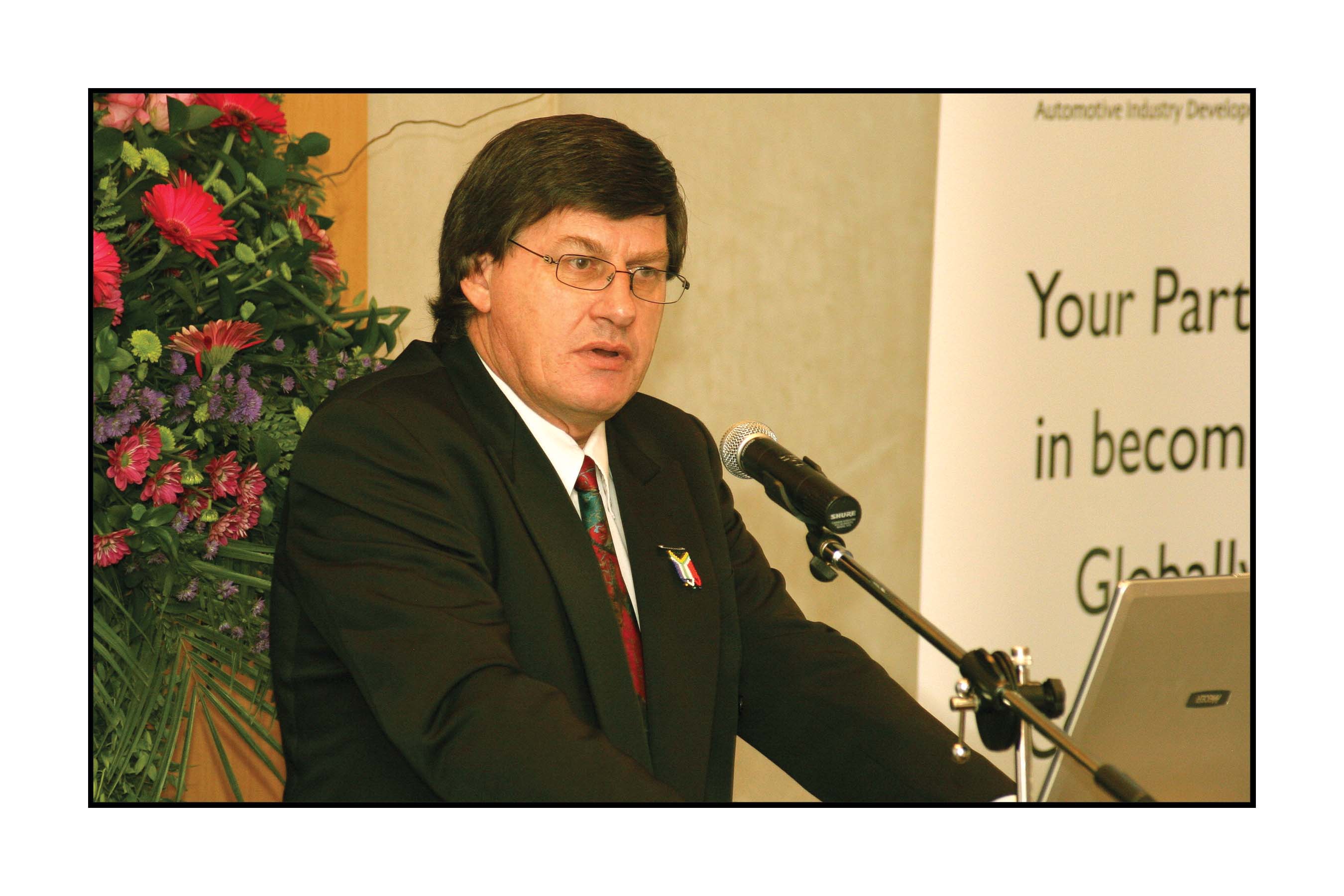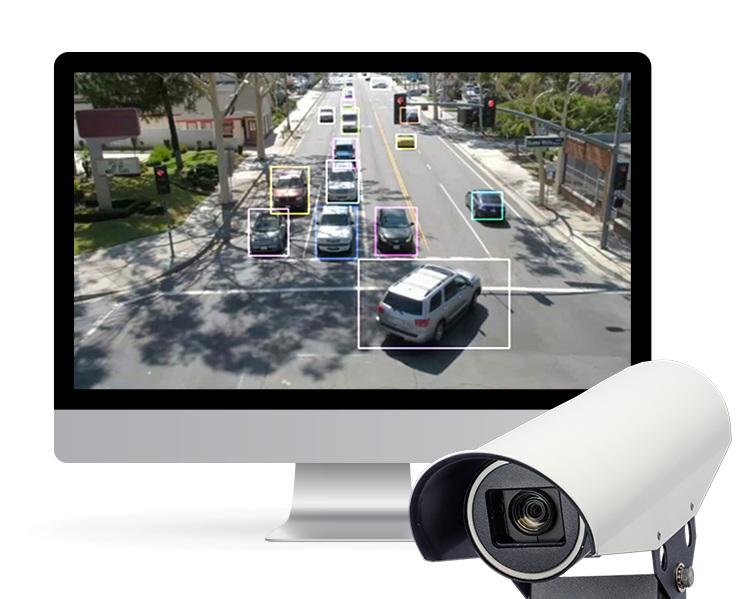
The 2015
Moderator Alan Stevens, from UK transport consultancy
The US DOT’s Marcia Pincus introduced its Applications for the Environment: Real-Time Information Synthesis (AERIS) programme, focussing on evaluation of Signal Phase and Timing (SPaT). This enables interaction between traffic signals and connected vehicles, helping to maximise efficiency when approaching signals. Its GlidePath project aims to optimise the environmental performance of vehicles nearing a signalised intersection and automation provided a 22% benefit.
Pirkko Rama from Finland’s VTT Technical Research Centre addressed future technical - and driver behaviour - impact analysis through a matrix of effects and vehicle automation levels as defined by the Society of American Engineers. She referenced behaviour studies evaluating how increasing automation could change factors such as route and speed choice, headways, lane keeping and interactions.
She highlighted key issues such as driver interaction during take-over and take-back in level 3 implementation and the effect on traffic flow impacts of assumed headways between vehicles. “Automated vehicles might initially have increased ones [headways], but in future they may have shorter ones”, she said.
Reinhard Pfliegl of A3PS Austria speculated that level 5 automation will initially arrive on motorways, followed by rural roads, with urban ones last. He “definitely” expected safety benefits (in line with automation trends) and anticipated enhanced environmental sustainability.
As to efficiency gains, he said “the situation is complicated as both the infrastructure and vehicle numbers are growing globally” while adding that funding constraints have increased this focus. He ended with a graphical simulation showing how self-organising cooperating vehicles would completely redraw the fundamental traffic flow diagram.
From the Karlsruhe Institute for Technology, Germany, Tobias Strauss stressed automation’s role in counteracting fatigue, distraction and excessive demands on drivers. He also highlighted the challenges of evaluating, for example, sensor limitations, component failures and software complexity. “Will automation outperform humans?” he asked, while Stevens went further asking, “how far will automation need to outperform humans to gain public trust?”
Andrew Somers, of Australian consultancy Transoptim, addressed strategic policy issues for governments looking towards 2050 and proposed detailed planning of alternative scenarios, to allow development of appropriate policy levers.









